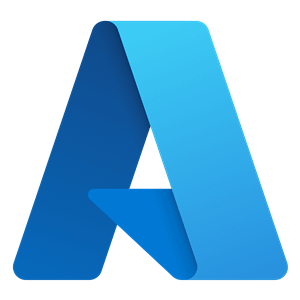Azure Administrator
In this course you will learn to
- Manage Azure subscriptions
- Secure identities
- Administer the infrastructure
- Configure virtual networking
- Connect Azure and on-premises sites
- Manage network traffic
- Implement storage solutions
- Create and scale virtual machines
- Implement web apps and containers
- Back up and share data
- Monitor solutions
Included in this course
- Microsoft official courseware
- Exam voucher for certification exam
Prerequisites
Students must have experience with
- On-premises virtualization technologies, including VMs, virtual networking and virtual hard disks
- Network configuration, including TCP/IP, DNS, VPNs, firewalls and encryption technologies
- Active directory concepts, including domains, forests, domain controllers, replication, Kerberos protocol and LDAP
- Resilience and disaster recovery, including backup and restore operations
Course Outline
- Identity
- Azure active directory
- Users and groups
- Governance and compliance
- Subscriptions and accounts
- Azure policy
- Role-based access control (RBAC)
- Azure administration
- Azure resource manager
- Azure administrator tools
- ARM templates
- Virtual networking
- Virtual networks
- Network security groups
- Azure firewall
- Azure DNS
- Intersite connectivity
- VNet peering
- VPN gateway connections
- ExpressRoute and virtual WAN
- Network traffic management
- Network routing and endpoints
- Azure load balancer
- Azure application gateway
- Azure storage
- Storage accounts
- Blob storage
- Storage security
- Azure files and file sync
- Manage storage
- Azure virtual machines
- Virtual machine planning
- Create virtual machines
- Virtual machine availability
- Virtual machine extensions
- PaaS compute options
- Azure app service plans
- Azure app service
- Container services
- Azure Kubernetes service
- Data protection
- File and folder backups
- Virtual machine backups
- Monitoring
- Azure monitor
- Azure alerts
- Log analytics
- Network watcher
This class does not require installation of any software. The class is conducted in a remote environment that we will provide. You’ll only need a local computer with a web browser and a stable Internet connection. We recommend a recent version of Microsoft Edge, Mozilla Firefox or Google Chrome.
We recommend using two monitors in order to simultaneously view the training presentation and hands-on class work.
You’ll receive a link to join the class. We recommend using a headset instead of the computer’s microphone and speakers. You may also listen to the audio by phone.


